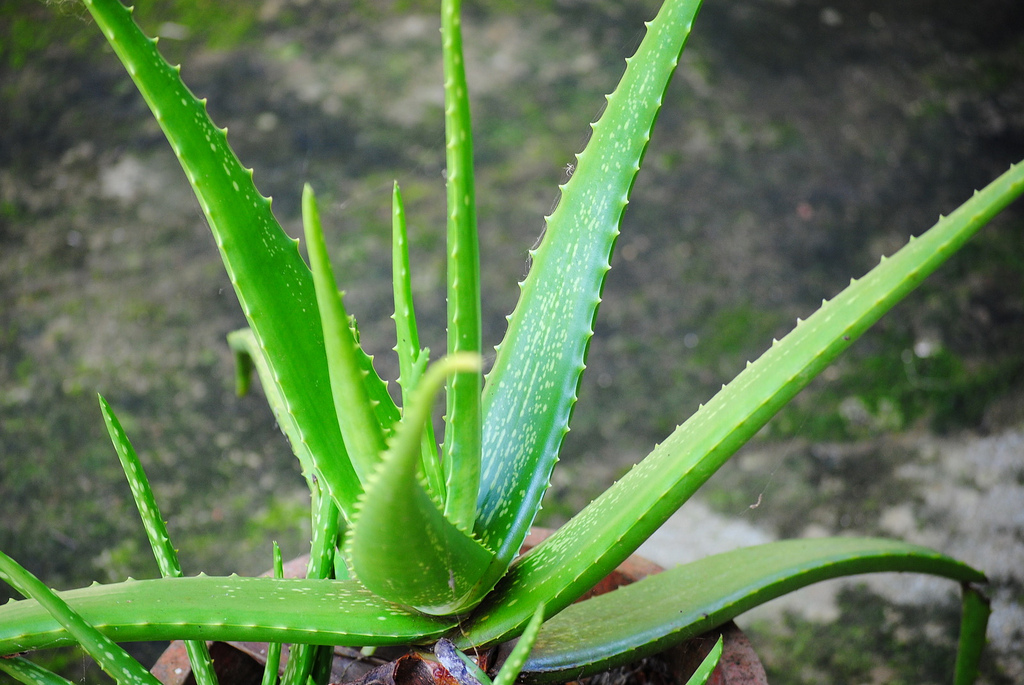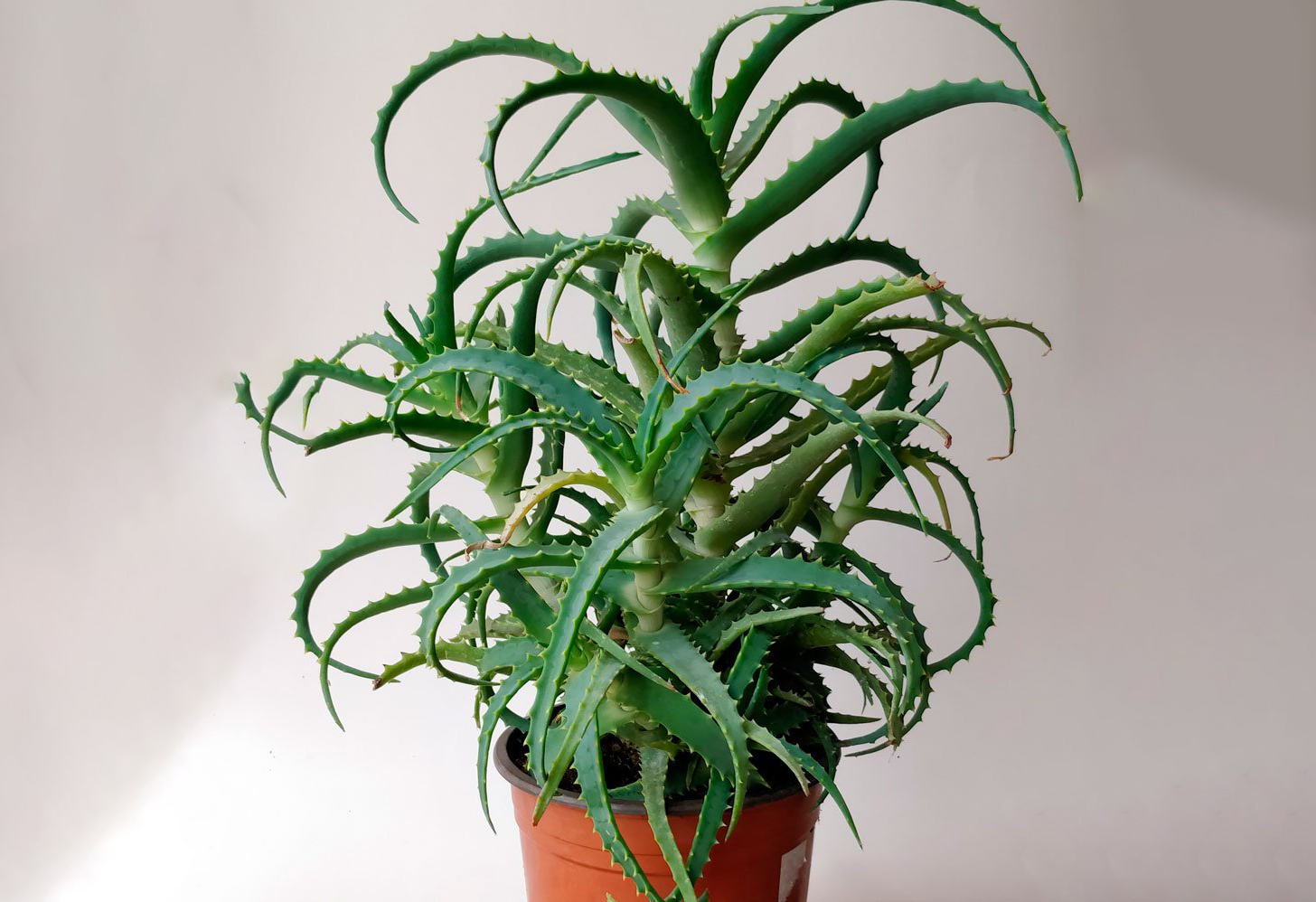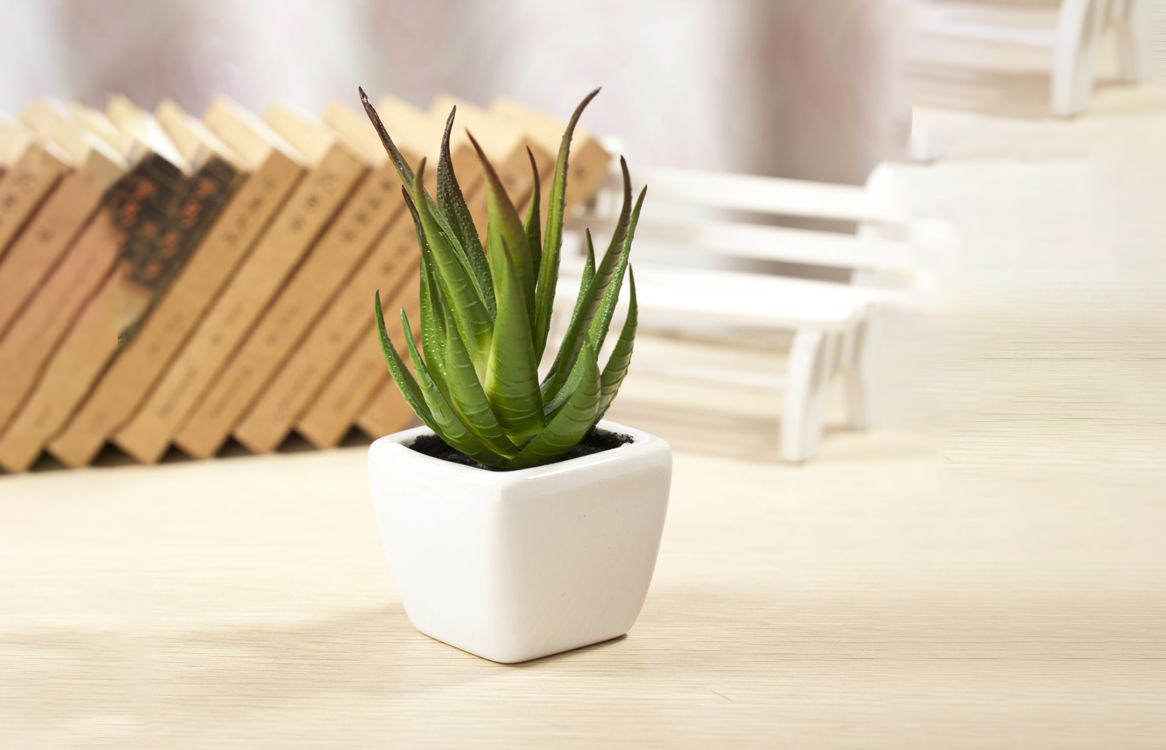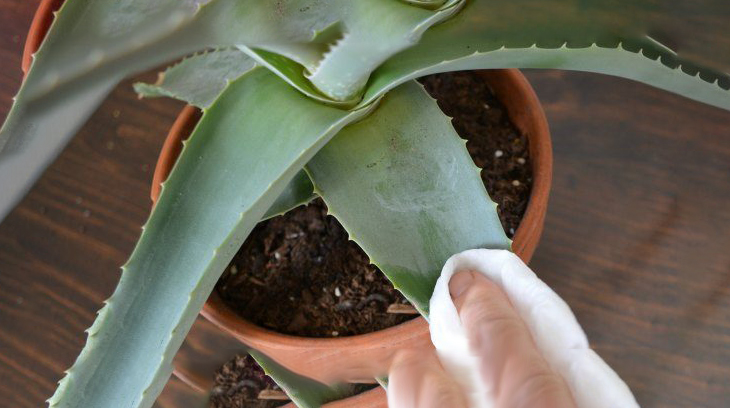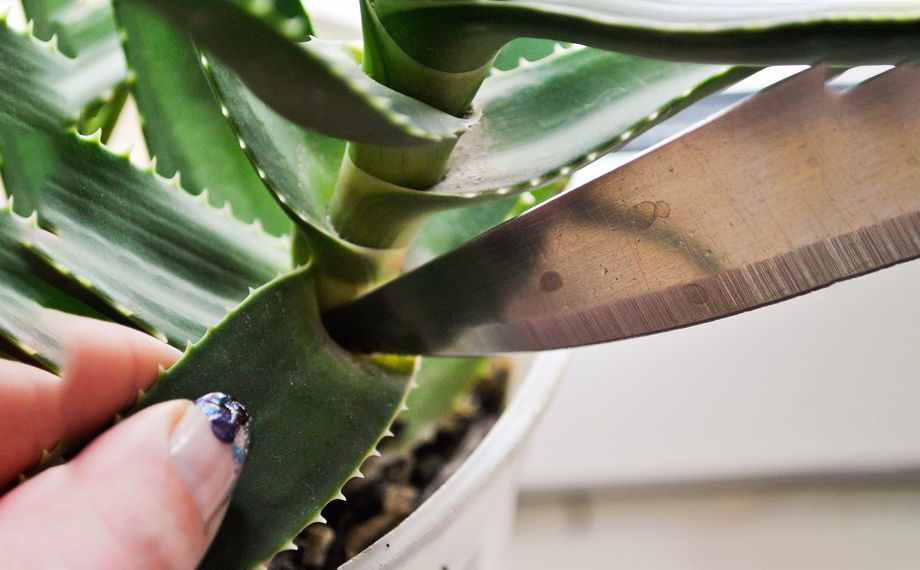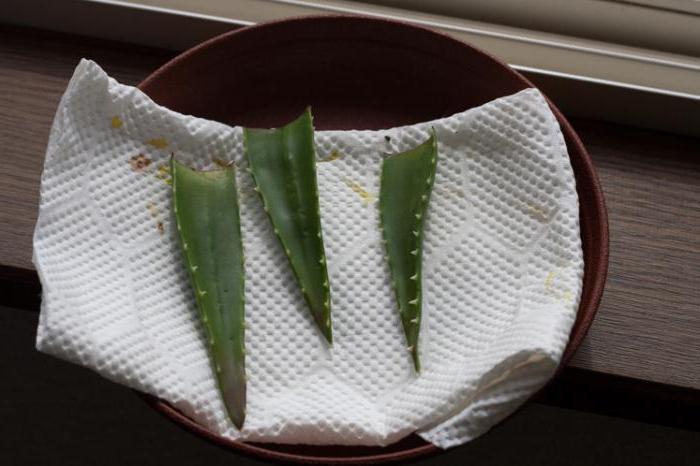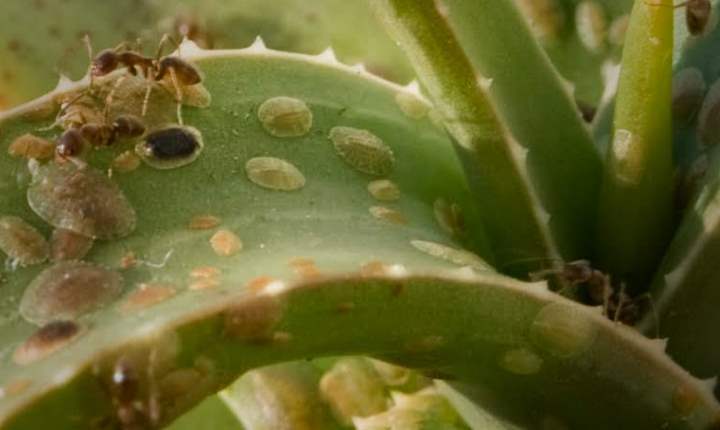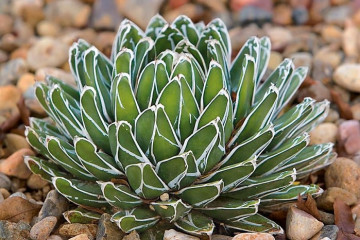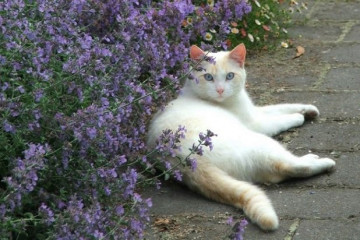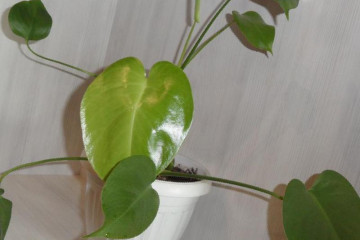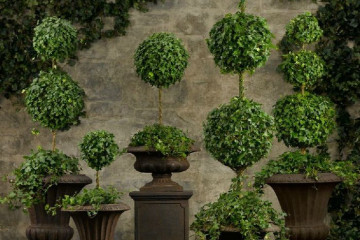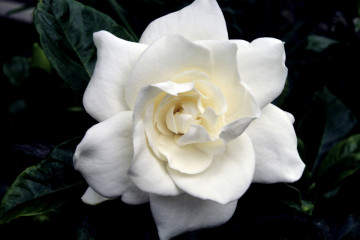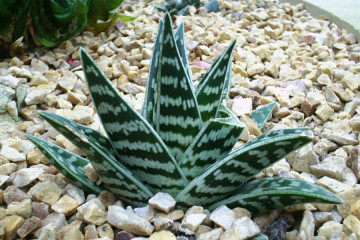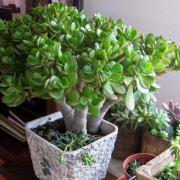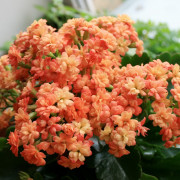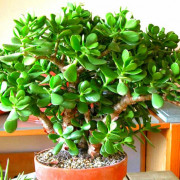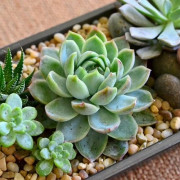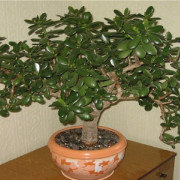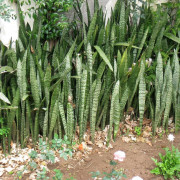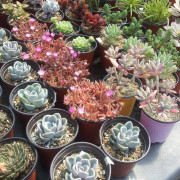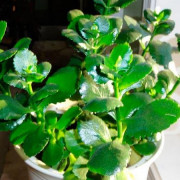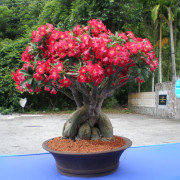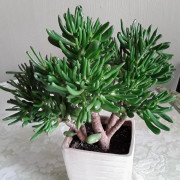Aloe vera - what is it, what aloe vera plant looks like
Content:
Even a child knows what aloe is, not to mention experienced growers. A succulent plant at home does not look the same as in the wild, but it is easy to care for.
Aloe vera - what kind of flower is it, why is it called so
Aloe vera is a succulent herb that is widely used in cosmetology and medicine. The flower can exist in conditions where other plants do not grow, since in extreme situations it is able to retain moisture inside the leaf.
A short description of what aloe vera looks like
Underdeveloped root system with a short stem. A rosette with leaves can be more than half a meter in diameter. The variegated leaves have thorns at the edges. Tubular orange flowers in the wild appear on scarlet every 2-3 years. For indoor plants, the period is increased to 15 years. Often, the flower does not bloom even once throughout its life. Translated from Latin means "aloe present".
What is different from the agave
Many people ask the question: agave and aloe - what's the difference? At the moment, botanists have identified more than 500 species of aloe, among which the most popular are vera aloe and tree aloe. Their chemical composition is almost completely the same. Aloe tree and aloe vera are not the same plant. It is worth taking them in various cases: the agave is used to heal the skin, and aloe vera is used internally.
It is easy to distinguish an agave from aloe by external indicators: the first has a strong trunk from which leaves grow, and the second has a bushy structure and luscious foliage tending upward.
Medicinal and useful properties
The flower contains a large number of components that are beneficial to the human body. Scarlet and scarlet vera are one and the same plant. Aloe vera contains B vitamins, ascorbic and folic acid, K, Ca, Cu, Zn, Mg. Among the positive properties that succulent provides:
- accelerated tissue regeneration, preventing scarring;
- removal of irritation;
- disinfecting effect;
- providing a tonic effect on the body.
The flower can be harmful if there are diseases of the kidneys, bladder, liver. It cannot be used as a medicine during pregnancy, tuberculosis, allergic reactions to the plant.
Caring for a potted plant at home
Aloe vera is an unpretentious flower, and therefore caring for it will not cause much trouble. The plant quickly adapts to the provided growing conditions. In order for him to grow and not survive, it is recommended to provide him with optimal conditions.
Illumination and temperature conditions
Illumination plays almost the main role for growth.Aloe is a light-loving flower. With an insufficient amount of light, the plant can begin to stretch, so in winter it is worth providing it with additional light sources. It is worth choosing the southern and southeastern sides of the apartment for the location of the flower pot with aloe.
In the summer, it is recommended to take the flower pot with the plant to the veranda or balcony so that the aloe receives the necessary amount of ultraviolet radiation, which the window panes do not pass through. Due to this, the plant will have thicker leaves and a powerful stem.
The temperature regime in summer is not equalized. For a flower, room temperature will be sufficient. It is recommended to take the plant out of the apartment only to places that are not subject to precipitation and drafts. In winter, the succulent is dormant, and therefore the temperature is reduced. The optimal mode is +15 ℃.
Watering rules and humidity
Moderate watering is the key to good care. Watering the plant is required as needed, when the top layer of the earth begins to dry out. When the rest period begins, the frequency is reduced by 2 times. In order not to rot the stem, it is not recommended to water the flower into an outlet with leaves in order to avoid stagnation of water.
Dry air is favorable for growing aloe. The plant is not sprayed. When dust appears, wipe the leaves with a damp sponge.
Top dressing and soil quality
To grow aloe at home, the substrate is purchased in specialized stores. Or make it yourself. For this, river sand, turf and leafy soil are used. The ingredients are taken in equal proportions and mixed.
Fertilizers are applied in spring and forget about them for a year. It is recommended to use organic substances that are developed directly for growing this flower as a top dressing. They are purchased in special shops for flower growers.
Flower container size
It is worth choosing a flower pot for a home plant not only for its external characteristics, but also for the size of the aloe root system. It is recommended to give preference to small containers. It should be 3-4 cm from the roots to the walls of the container. It is recommended to check whether the roots have grown in breadth or in depth. It depends on whether you need to buy a higher or wider capacity.
Pruning and replanting
Pruning is needed to improve the condition of the plant, its appearance and promote active growth. In this case, the procedure is carried out carefully, because aloe has thick and juicy leaves.
Periodic transplantation is required for any home flower. Aloe is no exception. Young individuals need to change the soil and pot once a year, and adults - once every 2-3 years. After transplanting, succulents are watered abundantly with water. Transplantation is carried out in spring or summer, when the growing season begins.
Flowering and dormant period of aloe vera
In its natural environment, aloe vera blooms twice a year - in spring and autumn. This period often lasts about six months. In a temperate climate, you can forget about the annual flowering of a succulent, at home it may not bloom at all.
The dormant period continues during the cold season. It is recommended to take it to a cooler place so that the succulent can recuperate. If the plant has faded, it is worth removing the peduncle until the seeds have formed.
Reproduction of Barbados aloe
Propagating a plant is as easy as caring for it. Most often, the propagation procedure is carried out by cuttings. There are other methods with an increased level of complexity.
Cuttings
For planting, this method is most often chosen, since it is easier. The leaf cutting should be separated from the mother plant and kept in a dark room for 1 to 2 weeks. During this time, he will have time to dry out, which will increase the chances of his successful rooting in the future.
The lower part of the cutting is deepened into a previously prepared substrate by 3-4 cm, the roots are waiting for the appearance. Rooting is slow. During this time, the leaf may rot. His condition is constantly monitored.
Growing from seeds
There are other ways to reproduce a flower. At the same time, they wait 2 years until the succulent takes on a decorative appearance. Not all purchased seeds germinate evenly. The method is relevant when the listed disadvantages do not bother the grower.
For planting, it is recommended to choose the time from late January to early March, since during the same period the plant begins to germinate in its natural environment. Before sowing, the seeds must undergo scarification: with the help of fine-grained sandpaper, they damage their protective shell in order to improve the germination process.
After that, the planting material is placed on a cloth and poured with water, seedlings appear in a week. The presence of roots signals that seeds can be planted. They are sprinkled on top of the ground, and on top they are covered with a small amount of river sand. After that, the soil is sprayed from a spray bottle and placed in a greenhouse until the first petals appear.
Growing problems, diseases and pests
The plant rarely gets sick, but it can be attacked by the scabbard. Pests are collected from the leaves on their own. If not watered properly, roots can rot. Prevention of this problem is considered the observance of proper care, which involves moderate watering.
Other growing problems include the following:
- If the tips of the leaves begin to dry out, this means that the root system is overgrown and there is not enough nutrients in the soil. The solution to the problem is to transplant into a looser pot.
- Rolling aloe leaves suggests that more careful care is needed for it - it is worth wiping the leaves from dust with a damp cloth.
- If the leaves turn yellow and become watery, then the problem is watering. It is recommended to stop it for a while.
- Falling leaves also indicate improper watering. The succulent should be moistened with water at room temperature.
Aloe vera is often used as a houseplant. This is due to unpretentious care and the presence of useful properties of the plant. The decorative qualities of the succulent are high, which is why even the non-flowering aloe pleases the eye of the household.
